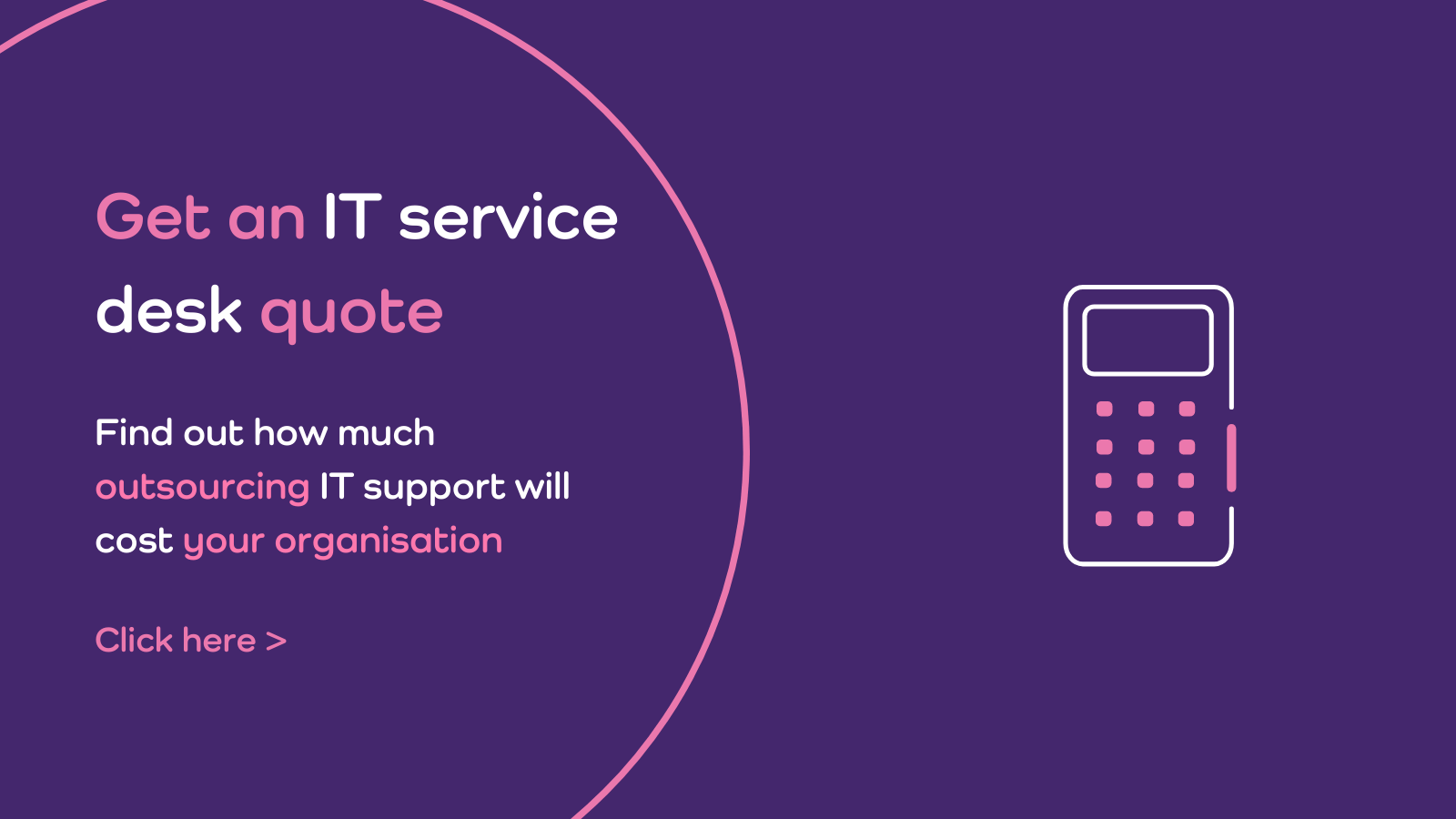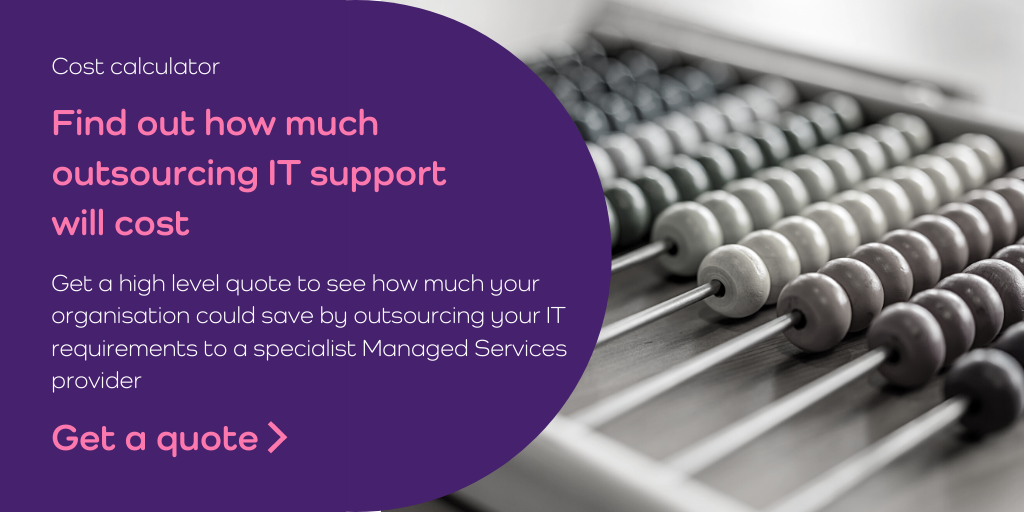First call resolution is a mantra, a golden rule in the world of IT service desks and IT support. No one wants to keep waiting for answers. Especially when it’s something urgent, such as an email system crashing or WiFi going down.
Whether you work with an internal or external IT service or help desk, almost everyone on your team will initially go through to frontline staff. Known as first line support agents, they need to do one of two things quickly: resolve the issue, or refer/escalate the ticket to the relevant line of support.
Larger companies usually have the full bench of support available to them, which makes the frontline team’s role even more important. It should be standard practice to avoid escalating an issue unless the first line resolution team are unable to help. At the same time, frontline agents should be able to identify when an issue needs passing up the chain to ensure resolution times stay within service level agreements (SLAs).
5 ways to improve first call resolution times
For those managing IT teams, or struggling to ensure an IT partner adheres to first contact resolution timescales, here are a few ways you can improve response times:
#1: Fix recurring issues
When the same calls, emails or online support tickets keep recurring, maybe the issue is not the service desk. Every ticket is or should be logged. With this data, you can see why staff keep asking for IT support.
Analyse the issues over a three month period, then ensure technical fixes can be applied wherever possible. When this isn’t the case, but minor issues keep recurring, such as forgotten passwords, move this over to a self-serve platform so that service desk time can be spent on other priorities.
#2: Improve self-service support
Self-service in IT is changing the way IT departments and external partners work with customers and employees. People are more inclined to try and solve a problem themselves than pick up the phone or send a message.
Make it easy for your staff to avoid first call, pre-empting a ticket with self-serve. With automated systems, FAQs, AI-powered chatbots and other tools, there are more ways than ever to empower team members with solutions they can find and implement themselves. Just make sure people know they exist, and if they’ve tried self-serve and can’t resolve the problem, make it easy for them to contact IT to avoid prolonged downtime and reduced productivity.
#3: Ensure IT teams have the right training
It can be frustrating to make a call only to find the person at the other end doesn’t know very much and really can’t help. Especially when you can’t work thanks to a technical issue. Unexpected downtime can cause havoc to busy schedules, client needs and overall productivity and morale.
Regular training and technical refreshes are essential to ensure IT teams are equipped to handle new challenges. Staff need to be up-to-date with new technology, operating systems and software. When picking an IT partner, make sure they’re committed to training and upskilling their staff. A key advantage of using an IT support provider is the knowledge and skills they bring to your business.
#4: Encourage collaborative issue ownership
There are times, especially in IT, when ‘first call’ means an analyst will look at an issue then call a customer back with a resolution. This is meant to happen within a specific timescale, to avoid a customer needing to call back again or it exceeding SLA response times.
To guarantee high-resolution rates, IT staff need to work in a collaborative atmosphere. The analyst who took the call or received the ticket should take ownership. But at the same time, they should be encouraged to work between themselves to solve more complex problems or call upon second tier support as needed. Resource allocation should not prevent team members working together to deliver the best results possible for users.
#5: Improve support structures
Support structures work both ways. IT teams and external partners should support their staff and give them the resources they need to meet and exceed customer needs. Staff who need help should be supported in other ways, with fit-for-purpose IT training, self-serve and managers with enough knowledge of basic and recurring IT issues to ensure downtime is kept to a minimum.
First call resolution response rates are a good indicator how well IT is performing. If you are having issues with this, or your staff are struggling to get back to work after encountering technical problems, it might be time to look for a new solution to improve productivity.


























